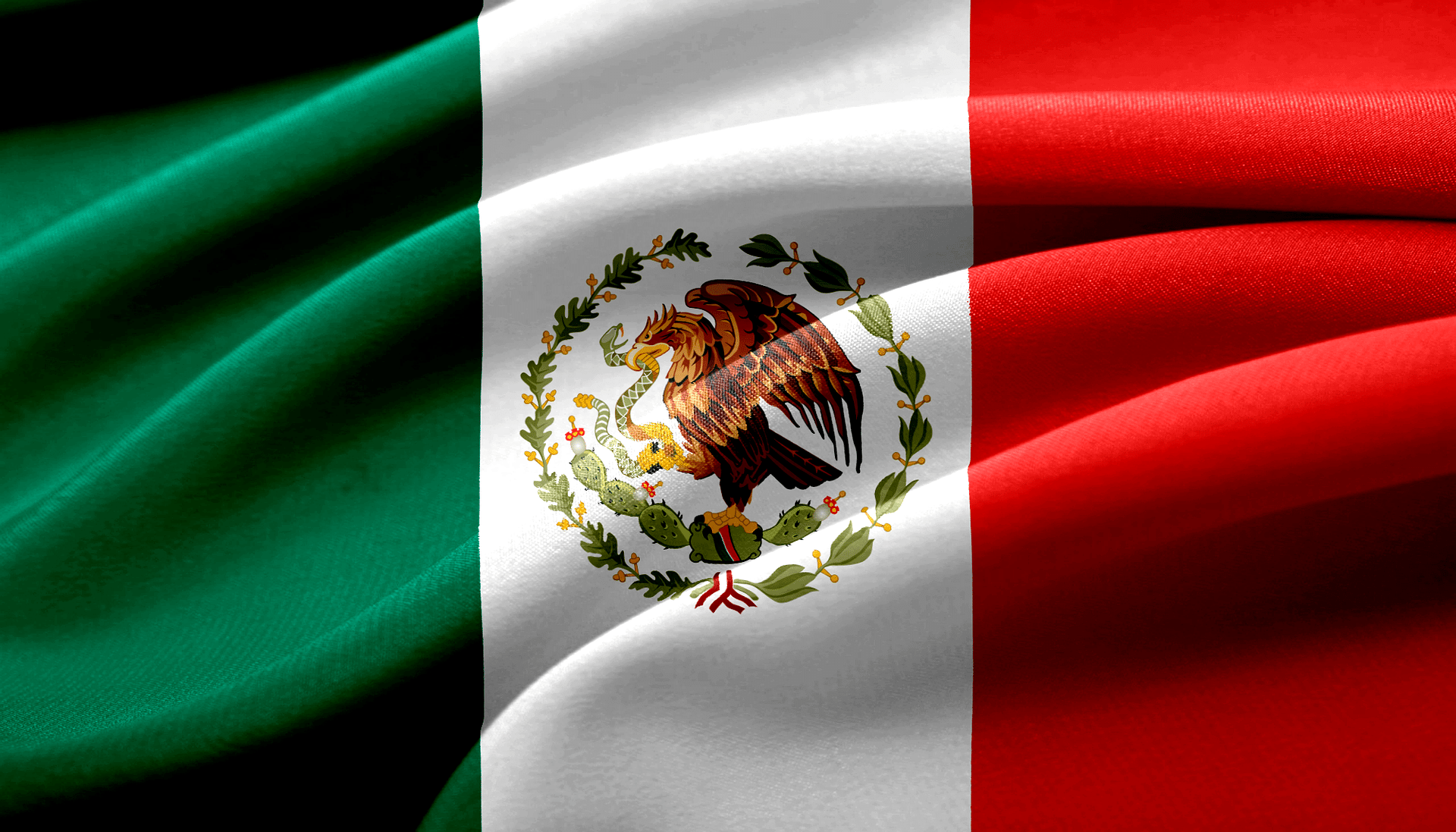While no-one is quite sure where the group of people, called the Aztecs, originated from, the most widely-held theory is that they migrated south from North America.
On arrival in Mesoamerica (central America), where Mexico is situated today, they encountered a number of tribes at war with each other. Their leader, successfully, requested to be allowed to settle on a piece of land, which was actually quite barren.
The brief history of this society, which followed, is one that is a story of brutality and violence, driven in equal parts by an insatiable domineering hunger and by spiritual beliefs.
Let’s have a closer look at the history of the Aztecs: what caused them to be so mighty, how they lived and, ultimately, how their might turned against them, leaving behind an enduring legacy, worthy of being explored.
Want to give private lessons?
Join the Superprof community and share your knowledge with inquiring and motivated students.
Pre-Aztec Central America (Mesoamerica)
Shortly after the start of the 13th Century, several groups of people migrated from North America and set down roots in small tribes in what is today called Mexico. Clashes, between the various tribes ensued, each group unsuccessfully seeking dominance over the other or the region.
In the midst of this, the Mexicas, a group that spoke the Nahuati language, arrived rather late.
Noting that almost all the fertile land had already been occupied, their leader persuaded the Culhuacan king to allow them to cultivate a piece of seemingly useless land. In return, they promised to work as his mercenaries.
This plan worked very well, with a few men attending to the king’s needs, while the rest of the group set about moving and breaking rocks with which to build their very own city.
At the king's request, the Mexica fought an exceptionally bloody battle with a neighbouring territory. In the meantime, the king had been monitoring their progress – both in working the land and in building their city.
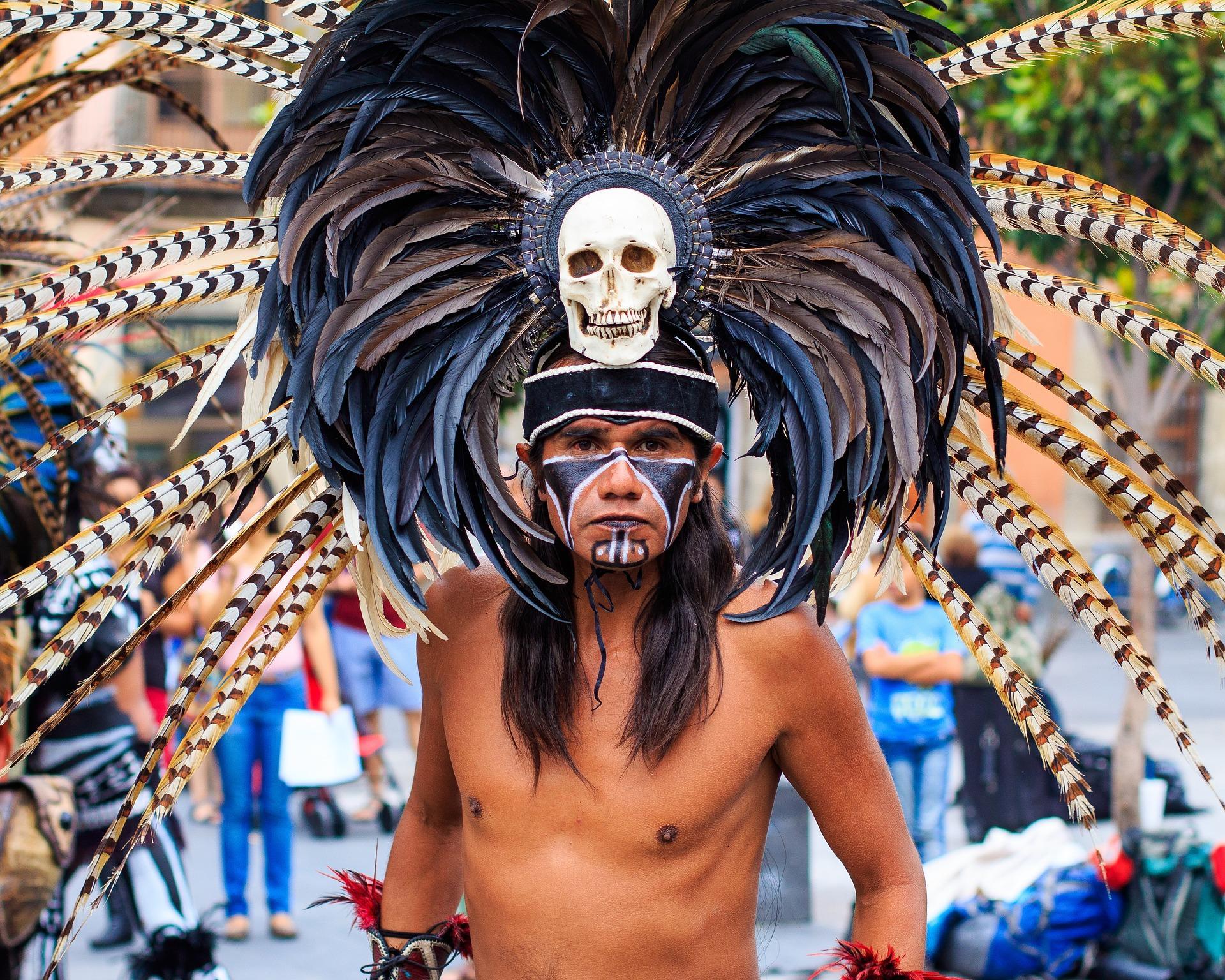
After they had won the battle, the king dispatched his daughter to rule over the Mexica. They saw this as an act of betrayal and flayed her to death, presumably because they had been commanded to do so by their god Xipe Totec.
Other versions of this story also exist and add a bit of intrigue to Aztec history. One of them states that the Mexica had approached a Culhua magnate, Achitometl, requesting his beautiful daughter as their sovereign, to which he agreed, not realising what they actually had in mind. His daughter was killed, as described above, which resulted in the people of Lulhua taking up arms and driving the Mexica into the reeds and swamps of Lake Tezcoco. From there, the Mexica, using make-shift rafts made their way across the lake to a set of uninhabited islands.
This location was advantageous to the Mexica, since it was difficult to attack and easy to defend.
This was then where they went about building Tenochtitlan, their greatest city.
If you're interested in learning about the ancient people of South America, read our article about the Inca society.
The Establishment of the Aztec Society
Looking back at Aztec history, they had, up to that time, been nomadic and knew very little about government and civilisation, but, because they were quick learners, they quite readily adapted to the methods required to establish a society.
Firstly, while living under the dominion of an established kingdom, through observation, they learned how an empire should be run.
Similarly, while they were there, they married Culhuacan women and they were experienced in maintaining and building homesteads. Additionally, these women could raise up the next generation to know how to function in society.
Again, following what they had learned from the Culhuacan, they built homes and, once they felt well-established and had a growing population, the Mexica appointed their first king.
A peaceful co-existence, with neighbouring realms, was by no means automatic. Numerous conflicts occurred, with the Aztec proving their mettle in battle. What followed was a triple alliance between Tenochtitlan, Tlacopan and Texcoco, which brought about a military rule which held sway over the Valley of Mexico.
With firmly established allies, civilisation could prosper!
Ready to explore other fascinating cultures? Then, read our article on the indigenous people of Australia.
Want to give private lessons?
Join the Superprof community and share your knowledge with inquiring and motivated students.
Aztec Society and Education
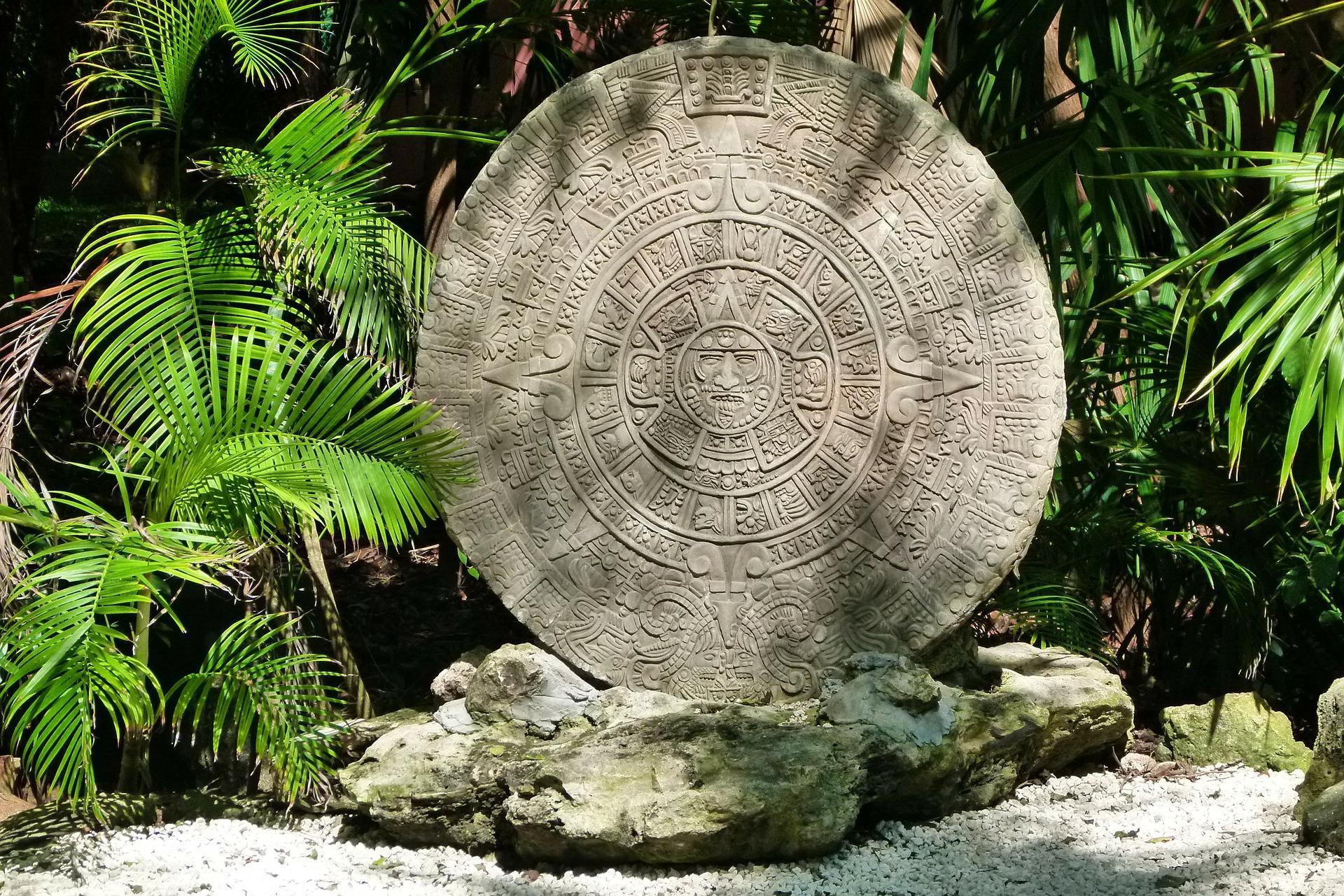
To be able to operate within this new society was quite complex and, thus, to this end every man, woman and child was formally educated.
Schools had two divisions: children of noblemen went to one, while everyone else attended the other. However, these divisions were not cast in stone.
If, for instance, the child of a commoner exhibited talent in a particular subject, he or she would be sent to the ‘noble’ school.
Young children would receive education at home; mothers teaching the girls and fathers the boys.
The children were schooled in traditional gender roles – girls would grind maize, weave and learn to care for the home and cook, while boys were taught to fish, hunt and fight.
Once this phase of their education had been firmly grounded, normally the age of 15, these young folk would attend school to be exposed to ‘academic acquisition’. Then, they would learn writing, history, maths and national songs.
The children (common and noble) spent the initial years of their formal education in the same classroom and would only be split along gender and class lines in later years.
Social Structure of the Aztecs
The history of the Aztecs shows that the highly stratified and complex social structure of Aztec society was developed in the decades preceding contact with Europeans, in particular, the Spanish.
Early in the 16th century, when the Aztec civilisation was at its peak, Tenochtitlan, the capital city, had a population of 200 000 people, making it the largest city in all of pre-Columbian Central America.
Aztec society had three distinct tiers: nobility, peasantry (commoners) and slavery.
One did not automatically inherit a social position, in the initial period of Aztec society; one had to earn it either by making a significant contribution to society or by exhibiting prowess on the battlefield.
In a sense, the system wasn’t fair, since nobility had the resources to ‘earn’ a position – something the common people didn’t have.
The son of a commoner could ascend to the ranks of nobility if he were to prove himself to be a ruthless and cunning fighter.
Yet, another condition had to be fulfilled: the young man would only be considered as part of the military if he managed to capture five prisoners. These prisoners were more valuable alive, as they could then serve as sacrifices during religious rituals.
Being unable to fulfil this condition, saw a conditional soldier relegated to the class of peasant and later caused young men to band together to capture enemy combatants – making advancement to the nobility possible.
Slavery, on the other hand, was quite remarkable.
A person was regarded as a slave if they had been convicted of an offence: gambling or being regarded as ‘incorrigible’. However, you could retain your property and your owner would become its caretaker during the period of your ‘sentence’. Strangely, you were also allowed to own slaves of your own.
Slaves could recover their freedom at their owner’s death, if they had performed their duties very well, by buying their freedom, by marrying the owner or having their child.
If none of this occurred, the slave would be passed down to the succeeding generation.
Sometimes, children of the poor were sold into slavery, but only for a prescribed period.
Runaway slaves would be granted freedom if they could make their way to the royal palace without being apprehended.
Women in Aztec Culture
Interestingly, women were allowed to hold elevated positions, in the Aztec society, such as secretaries and government officials – administrators and bookkeepers. This, however, was reserved for noblewomen.
Women, who were commoners, could hold positions such as food vendors, seamstresses or merchants. They could also become prostitutes – a profession which was not frowned upon.
Women, also, acted as midwives and dispensers of medicine, diagnosing and nursing those who were ill.
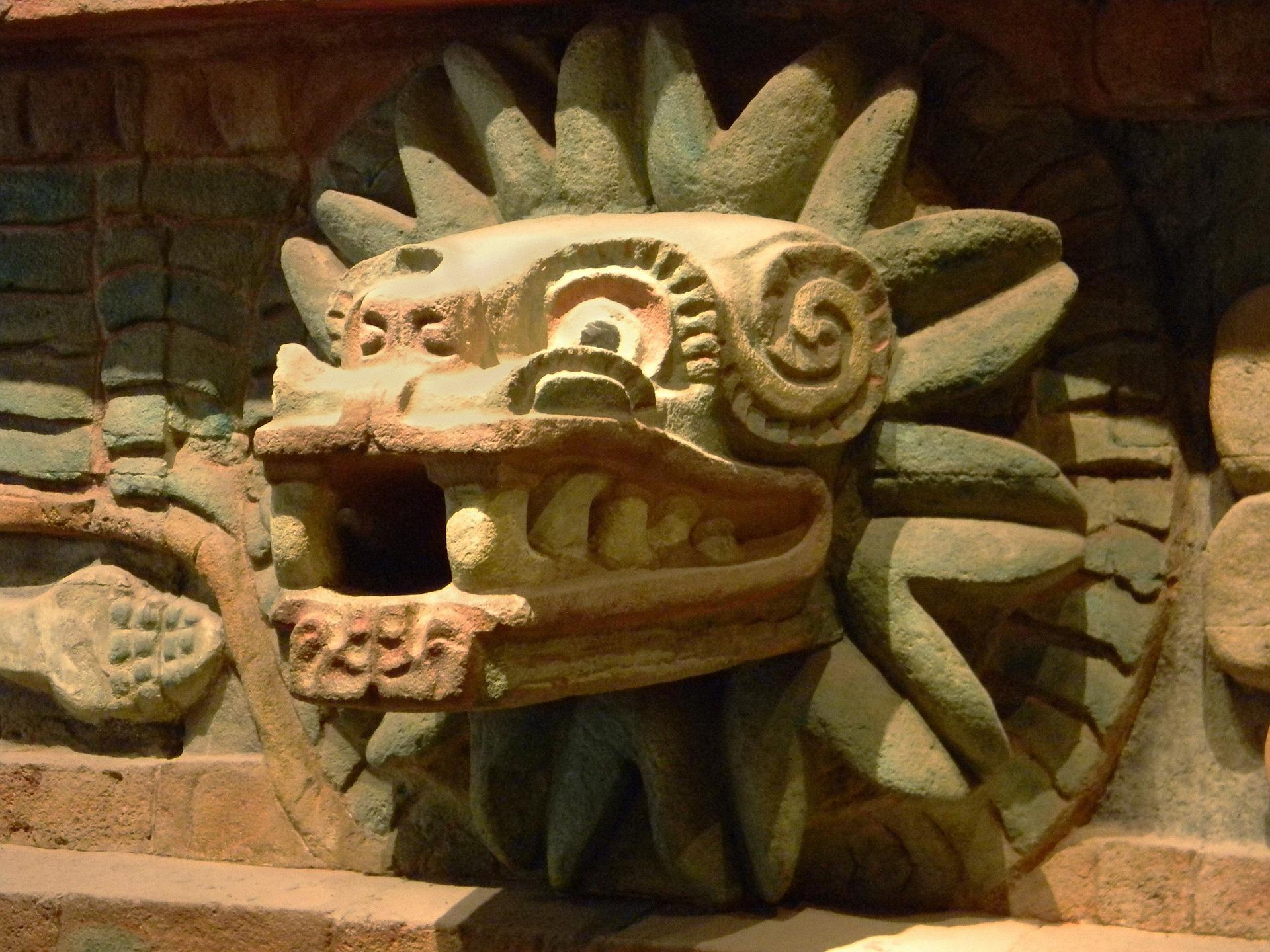
If a mother wanted her daughter to become a priestess, the infant would be taken to the temple to determine the conditions of her tenure. After her fifth birthday, the girl-child would live in the temple, keeping it clean and learning the rituals. This could be considered a baptism of fire, if one considers the number of sacrifices conducted at each temple!
The Gods of the Aztecs
Although, at no time were gods ever to be ignored, immortals gained favour over others, depending on the prevailing circumstances.
For instance, extra sacrifices would be made to the gods of war, if conflict or conquest was imminent and, in times of drought or harvest, the gods of agriculture and rain would be invoked.
The Aztecs, unlike other pre-Columbian populations in Central America, had three well-defined groups of gods: some for war and sacrifice, others for celestial happenings and another group for fertility – of the people and the land.
The Aztecs worshipped no fewer than 200 gods. The foremost amongst these were:
- The father of the Aztecs, Huitzilopochtli, who showed them where to establish their city.
- God of rain Tlaloc: one of the most ancient deities and was borrowed from the Mayans
- God of night, Tezcatlipoca: generally associated with dark, evil and death
- Quetzalcoatl: was the brother of the night god and represented learning and light, creation and goodness
- This ‘feathered serpent’ is revered in almost all Mesoamerican groupings, many claiming descent from this deity.
The Decline of the Aztec Empire
This empire lasted from 1428 to 1521, a period of just less than a century.
However, during that period the Aztecs had managed to establish a noteworthy civilisation, which might have persisted for many centuries, had the Spanish conquistador, Herman Cortes not arrived on the scene.
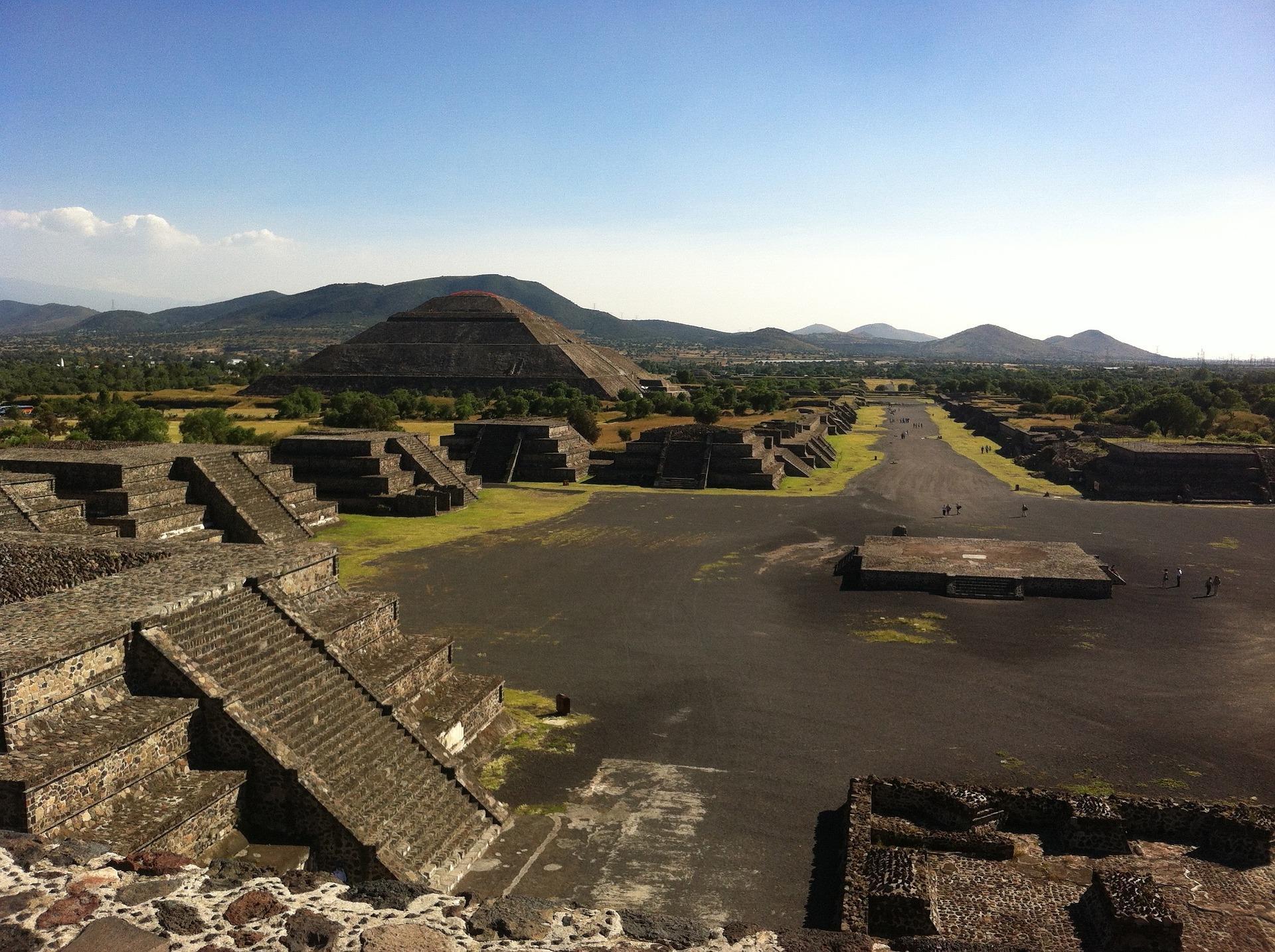
This innovative people had done much during their short span of supremacy: they had built splendid temples (where they worshipped their gods), palaces and first-rate homes for their nobility and established fertile lands on which to grow crops.
One of the most amazing accomplishments, called chinampas, generated enough plants and grain to feed the entire Aztec population.
These were floating gardens, around 100 metres long and 30 metres wide, crafted by sticks woven together to form a raft. Mud and silt were piled onto the raft until it lay about a metre under water. The rafts were anchored to trees and then planting began.
Across Mesoamerica, the Aztec calendar became the standard. This was a solar calendar grounded on a 365-day cycle, as well as a ritual cycle of 260 days. Their religion depended on their calendars for sacrifice events and religious and customary rites.
A great deal of Aztec poetry and culture was recorded in a series of codices or books.
Each tells a story of some part of the Aztec way of life – military, religious or agricultural. Some also cover historical events during and after the arrival of the Spanish.
The deathblow for the Aztec Empire came when the Spanish landed on the Yucatan Peninsula, on a mission of reconnaissance.
Subsequent to this visit, a much larger force was ordered to sail – by the Spanish governor Velasquez – and claim the land for the Spanish crown. They also had to capture whatever riches were to be had.
The defeat of Aztecs was not so much because of Spanish firepower and military superiority, but hinged on the attack on the capital city, Tenochtitlan, by the Spanish and some indigenous opponents of the Aztecs, as well as diseases which they Europeans brought with them. Sadly, much of the Aztec population succumbed to influenza and smallpox – diseases against which they had no immunity – and a large number were also massacred by the Spanish.
The Aztecs capital city, Tenochtitlan, was razed and on its ruins was built what became known as Mexico City, which then became the European centre of the New World.
However, Mexico has not ignored its Aztec heritage. The depiction of an eagle on top of a cactus, devouring a snake – the image that induced the Aztecs to remain in that region – adorns their flag, for all the world to see!
The Aztecs were intellectuals, artists, poets and amazing engineers. They were also ruthless fighters, brilliant military strategists and hostage to a band of bloodthirsty gods.
Sadly, the Aztecs are remembered more for the negative aspects of their culture than their positive ones!
Want to give private lessons?
Join the Superprof community and share your knowledge with inquiring and motivated students.

